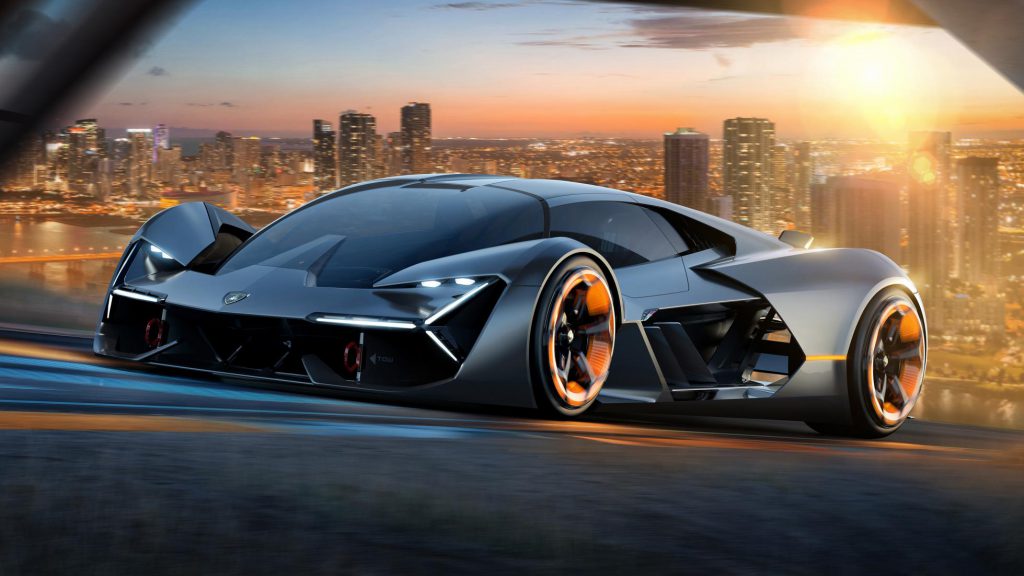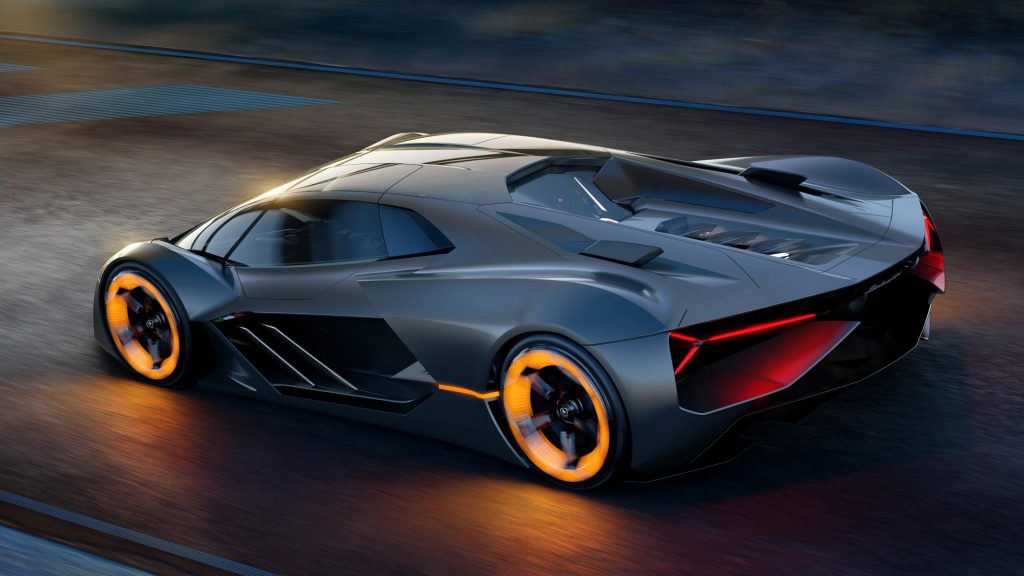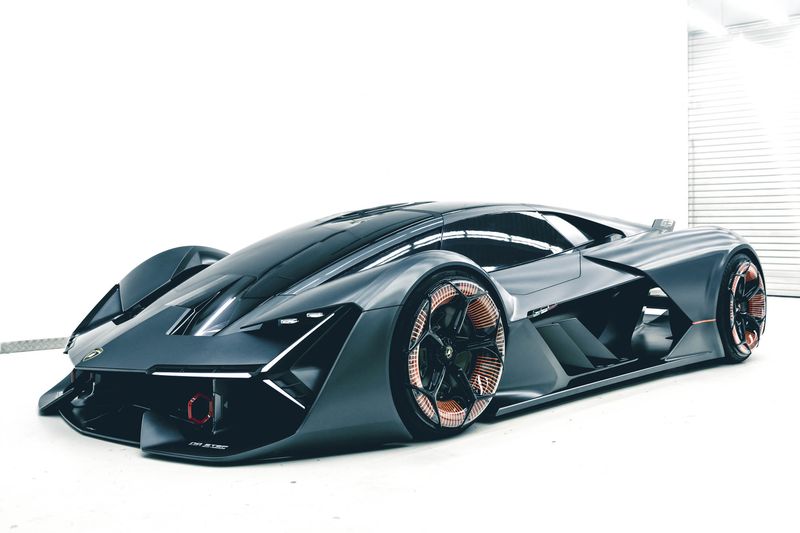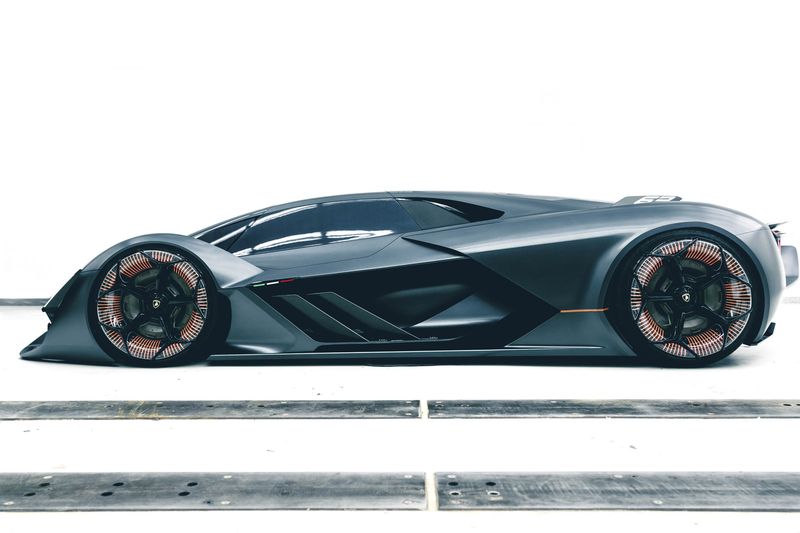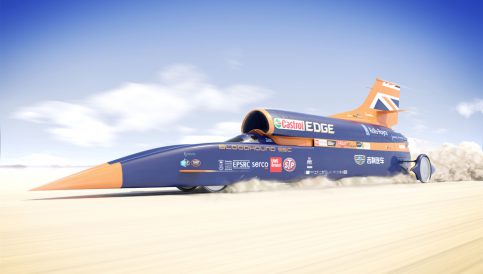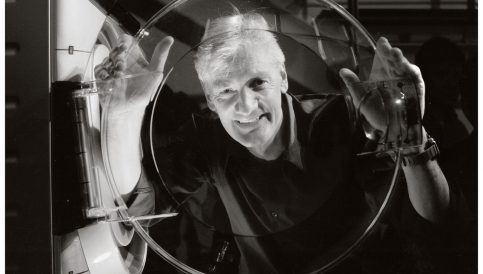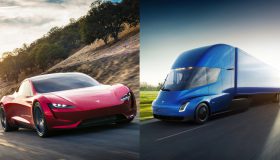The Lamborghini Terzo Millennio: Supercar of the Future
The 'self-healing' sports car that siphons energy directly from hell.
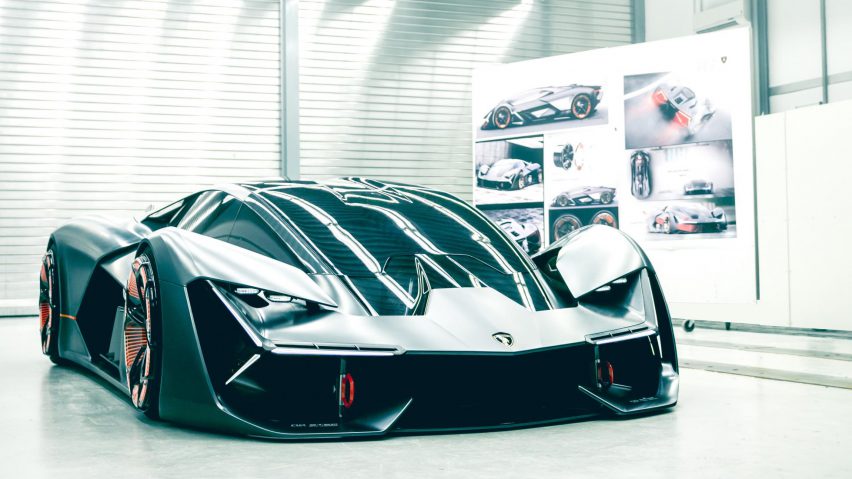
Lamborghini has unveiled their latest design concept and it appears to be fresh out of the Tron Universe. It’s the Terzo Millennio; a “third-millennium” electric supercar, and a project which aims to innovate in materials and revolutionise energy storage methods.
This is the fruit of the very early stages of a three-year partnership between Lamborghini and MIT. At first glance you’ll notice the “visceral emotion” typical of Lambo supercars, and lineaments suggestive of a V12 Aventador successor. And yet its not so much the appearance that excites people. Rather it’s the way that engineering is being pushed to the extremes.
One imperative for the team has been to improve supercapacitors to meet the energy requirements of electric supercars in ways that lithium-ion batteries simply cannot. The latter depends on chemical reactions, which means that energy is released slowly, while the storage capacity worsens as chemical compounds degrade. On the other hand, supercapacitors store energy physically, or ‘electrostatically’, and therefore expel it more efficiently; they can be charged quickly, have a high power density, and do not lose their storage capabilities over time.
The reason they’re not widely utilized is because they store only a small amount of energy per unit weight. But this is where it gets interesting, for this fact has led Lamborghini and MIT in some incredibly exciting directions. Not only are the team investigating ways to make supercapacitors simultaneously capture and release energy, they’re also trying to build the car’s body and components with carbon fiber nanotubes—an exceptionally strong and lightweight material with extraordinary electrical properties. The aim is to make the car itself the battery. Yup, you read that correctly. The Terzo Millennio will draw energy from its own body.
But how on earth? Look, honestly… we’ve no idea. But we suspect that the nerds at Lamborghini and MIT do, because… well, because they said so.
The motor world’s also abuzz with talk of it being the first ‘self-healing’ car. Now, it’s not exactly self-healing, but the truth isn’t far off. The team have high hopes that by diffusing nano-charges throughout the vehicles carbon fiber structures, it will be possible to monitor continuously for cracks and damages, while limiting or removing the risks correlated to their propagation.
Now you may be wondering, what’s up with the wheels? Well, looking at them you might figure that they siphon energy directly from hell, but in fact, each wheel houses an electric motor, which eliminates the need for a single large engine/battery. There are several benefits to this; torque can be generated directly into the wheels, and the freed up space equates to less restriction when it comes to designing the body and aerodynamics. And of course, more space can be utilized for harvesting energy!
But let’s get real. Even if it does make it to production, there’ll probably only be a handful available for the mega-rich, so why the fuss? Well the answer is quite simple. Even though you may never drive one, the tech developed for high performance cars is often adapted to be cheaper and eventually trickles down to mass market cars. The Terzo Millennio is a project that can and will change the electric industry for the better.
Marc Ward
